

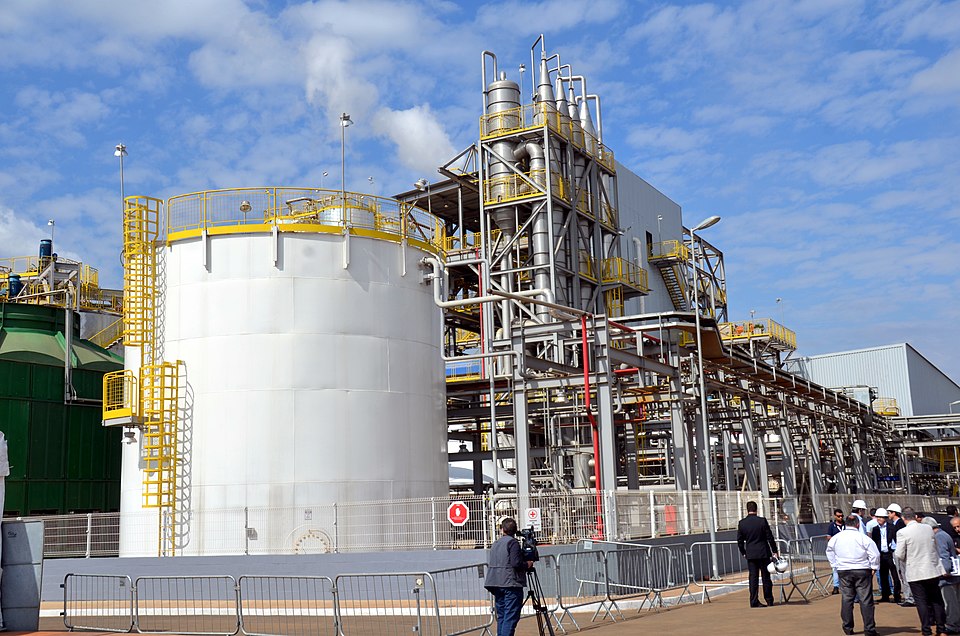
Technology created at the Research Center for Greenhouse Gas Innovation helps identify contaminating microorganisms, enabling plants to combat them more quickly and effectively.

Brazil has the chance to consolidate its position as a key player in global climate negotiations, says Thelma Krug, coordinator of the Scientific Council for the event scheduled for November in Belém.

Article published in Nature Medicine points to the risk of setbacks in research focused on this population. Experts question new rules in Brazil and other countries.

To reach this conclusion, Brazilian researchers cross-referenced data obtained from the local public health network with data from an indicator of variations in the Earth’s geomagnetic field. The study was published in the journal Communications Medicine.
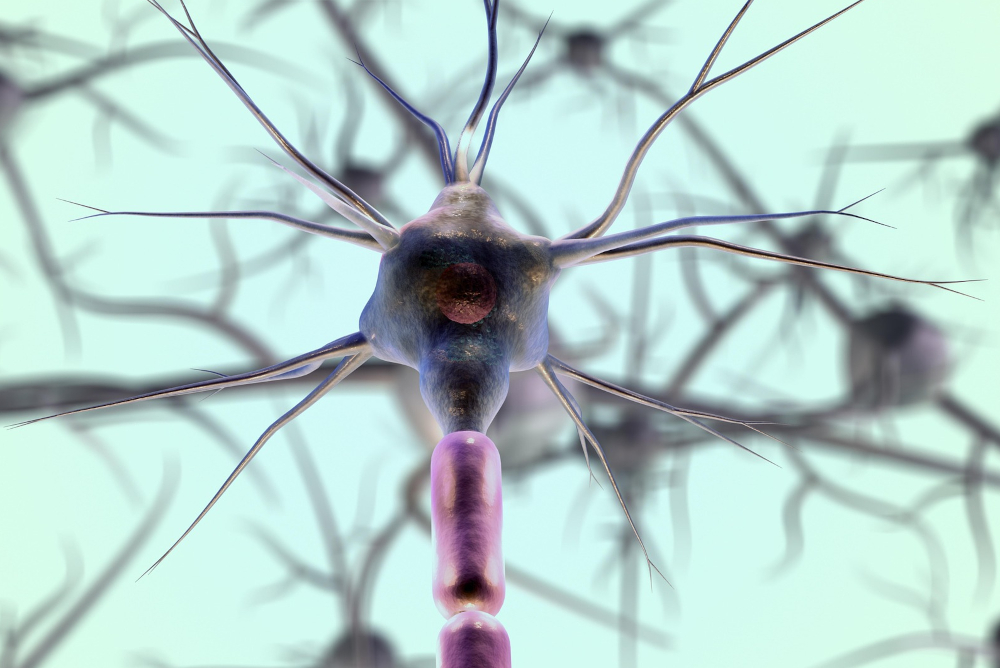
Brazilian researchers, in partnership with French institutions, combine advanced cell image analysis technology and machine learning and discover a morphological marker linked to individuals who do not respond to natalizumab.

A vulture recently arrived at the Santos Municipal Orchid Garden and an owl living in captivity for ten years were colonized by antibiotic-resistant Escherichia coli.
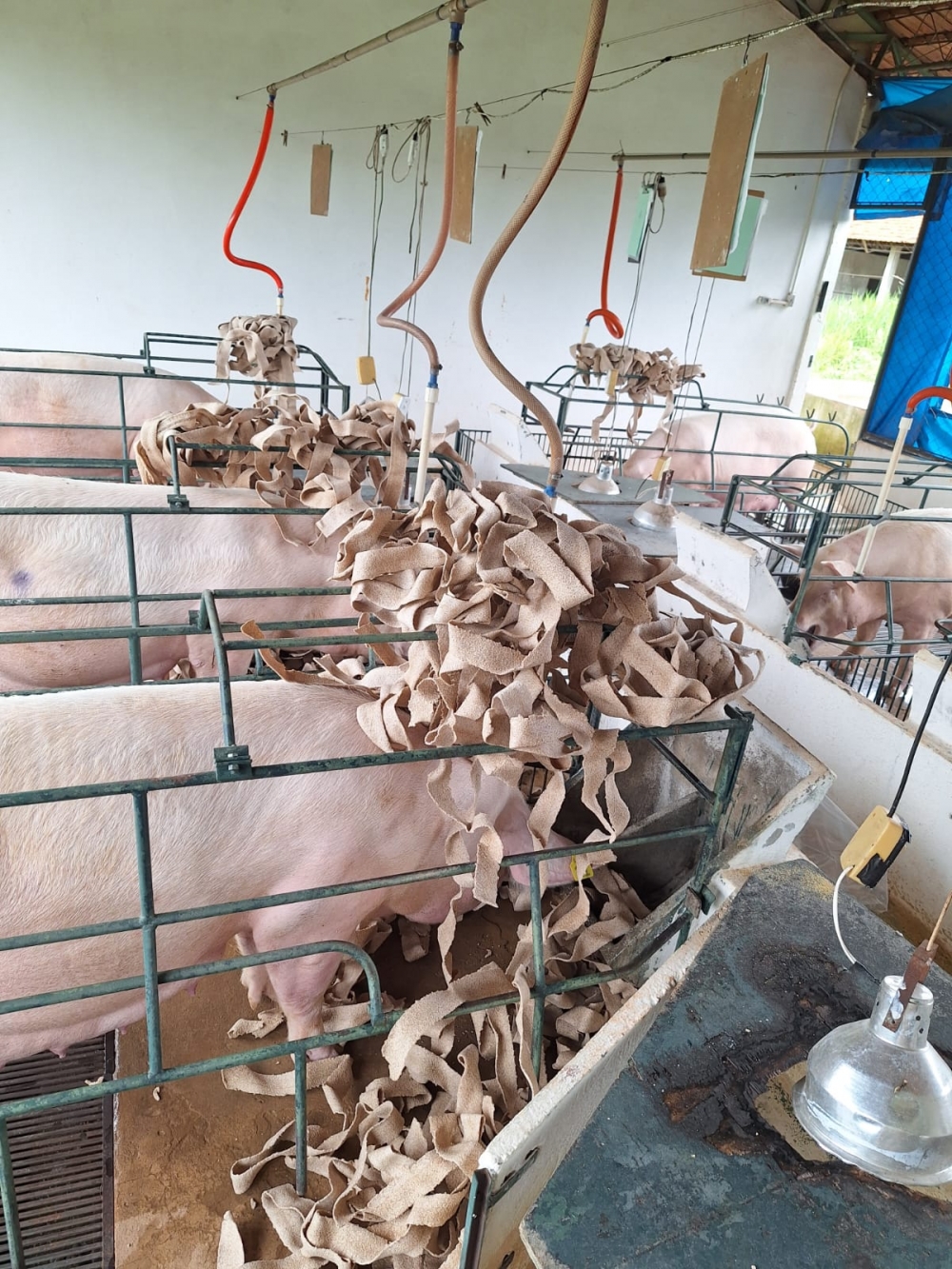
São Paulo startup develops biodegradable material that resembles branches, leaves, and grass used by pregnant sows in nature to prepare their birthing environment.

Pioneering research conducted in São Paulo state (Brazil) shows how the immune system reacts to rare types of childhood cancer.

According to the expert affiliated with the Brazilian Institute of Geography and Statistics, technology can either reinforce inequalities or expand citizenship, depending on how it is regulated. The speaker at the 6th FAPESP 2025 Conference also pointed out the positive role that artificial intelligence can play.

Morin-based powder, extracted from guava leaves, apple peel, and figs, can be slowly released with the help of polymers and serve as an alternative to antibiotics.

Brazilian researchers analyzed over 60 scientific articles on the subject and found that the materials negatively affect bone tissue.

A summary of published studies on the risk of emerging diseases shows that only 7.4% simultaneously consider hazard, exposure, and vulnerability to infection. These three components are essential for reliably and accurately assessing the risk of these diseases in the context of environmental change.

Study shows that most of the country’s underground reservoirs will lose their capacity for renewal, increasing the risk of water shortages in several regions, especially the Southeast and South. One strategy to address the problem is “managed recharge,” which includes techniques that promote the infiltration of rainwater or even treated sewage.

Automated solution developed by a FAPESP-supported startup promises to reduce operating costs and eliminate losses caused by traditional methods.

Analysis of the interaction between ants, plants that secrete sweet substances to attract them, “interested” in defending themselves from leaf-eating animals, and bees indicates that the ants may scare away pollinators. Butterflies, on the other hand, are not bothered.

Researchers from the Center for Innovation in New Energies study metal complexes that can speed up chemical reactions capable of generating products for a low-carbon economy.
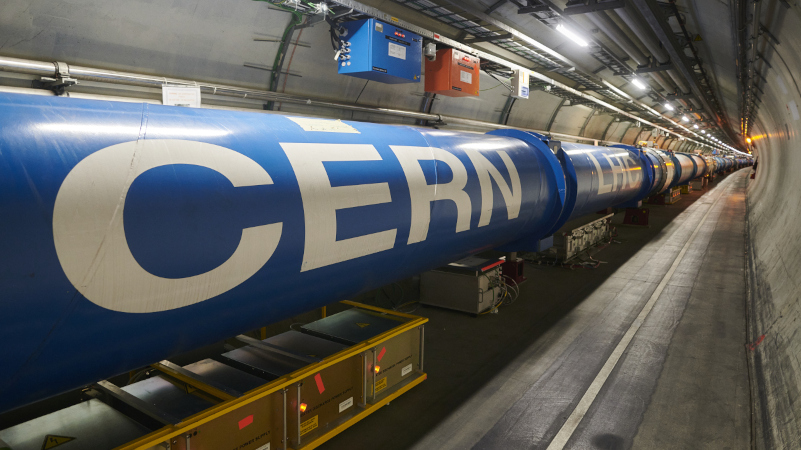
Partnership strengthens support for researchers from the state of São Paulo to participate in activities developed by the European Organization for Nuclear Research.
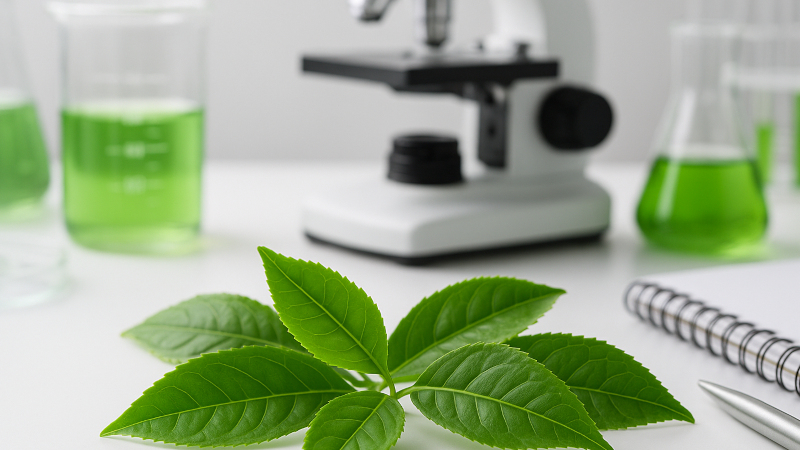
A study in an animal model analyzed the muscle metabolism of guinea pigs on a high-calorie diet. Ultimately, consumption of the plant extract increased the expression of genes associated with glucose uptake and the activity of an essential metabolic enzyme.
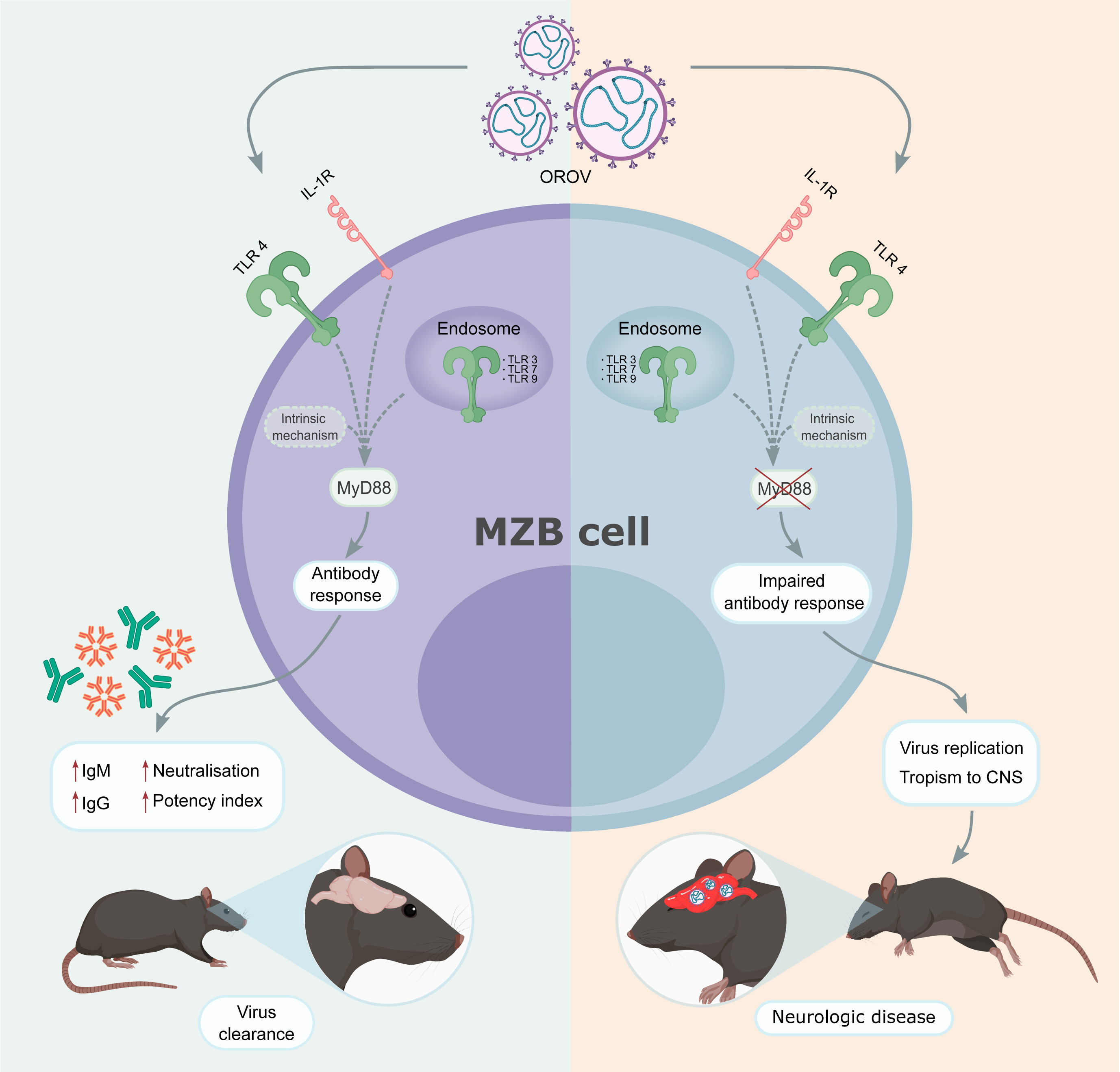
Study conducted on mice provides important information that may help in the treatment of the disease. Confirmations in Brazil have increased in recent years.

Non-compliance with the law, facilitated by errors in the technical language used in environmental licensing, has already led to the loss of over 580,000 hectares of native vegetation, 61% of which has been converted for agricultural use.
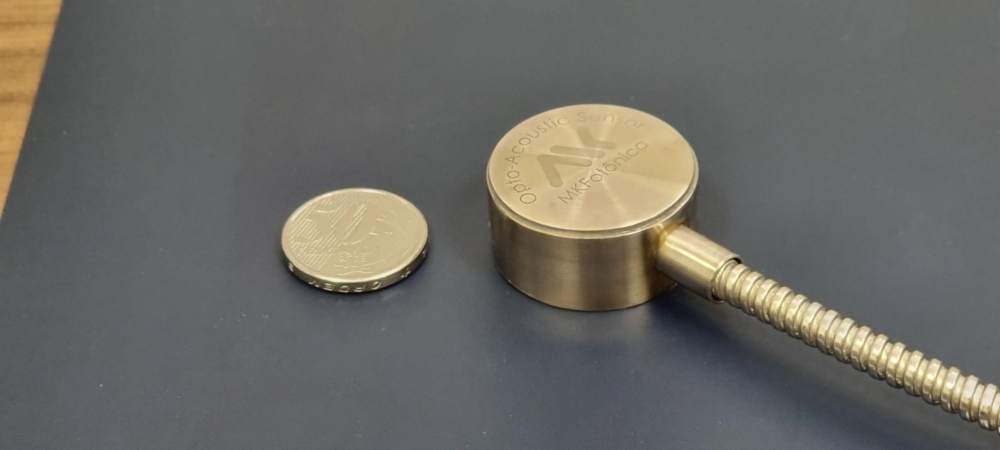
With optoacoustic sensors, a FAPESP-supported company monitors critical environments safely and accurately.

Bringing together studies by various experts, the book Science of Early Childhood highlights the importance of this period in people’s development and lives. It also warns of the far-reaching consequences of social inequality.
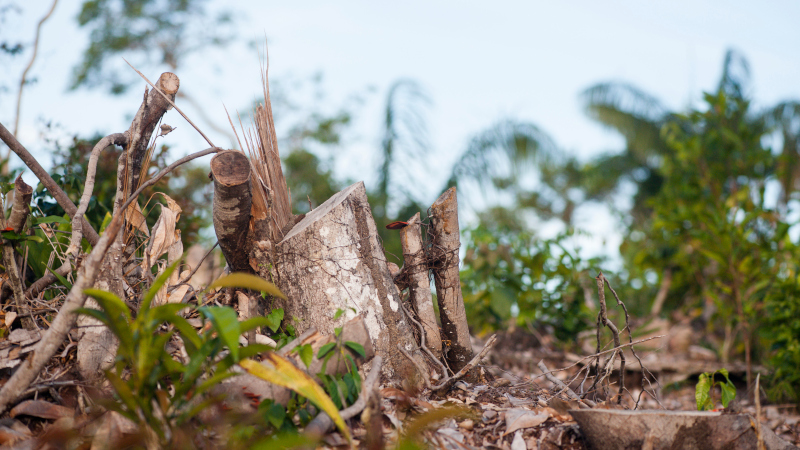
For the first time, research led by scientists at the University of São Paulo quantifies the impact of forest loss and global climate change on the biome.
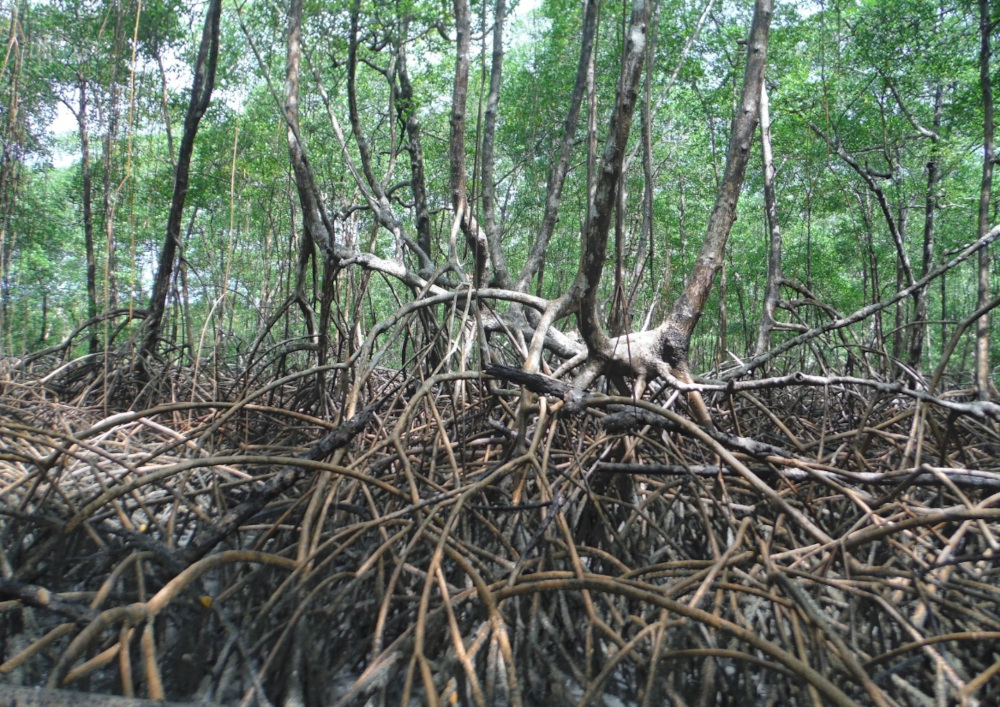
These minerals stabilize soil organic carbon, preventing the release of greenhouse gases. However, these ecosystems, known as “blue carbon forests,” have suffered degradation due to changes in land use.

On the other hand, when parents maintain an active routine, their children are more likely to follow suit. According to research by São Paulo State University involving 182 children and adolescents aged 6 to 17, mothers’ influence in encouraging physical activity was more than twice that of fathers.